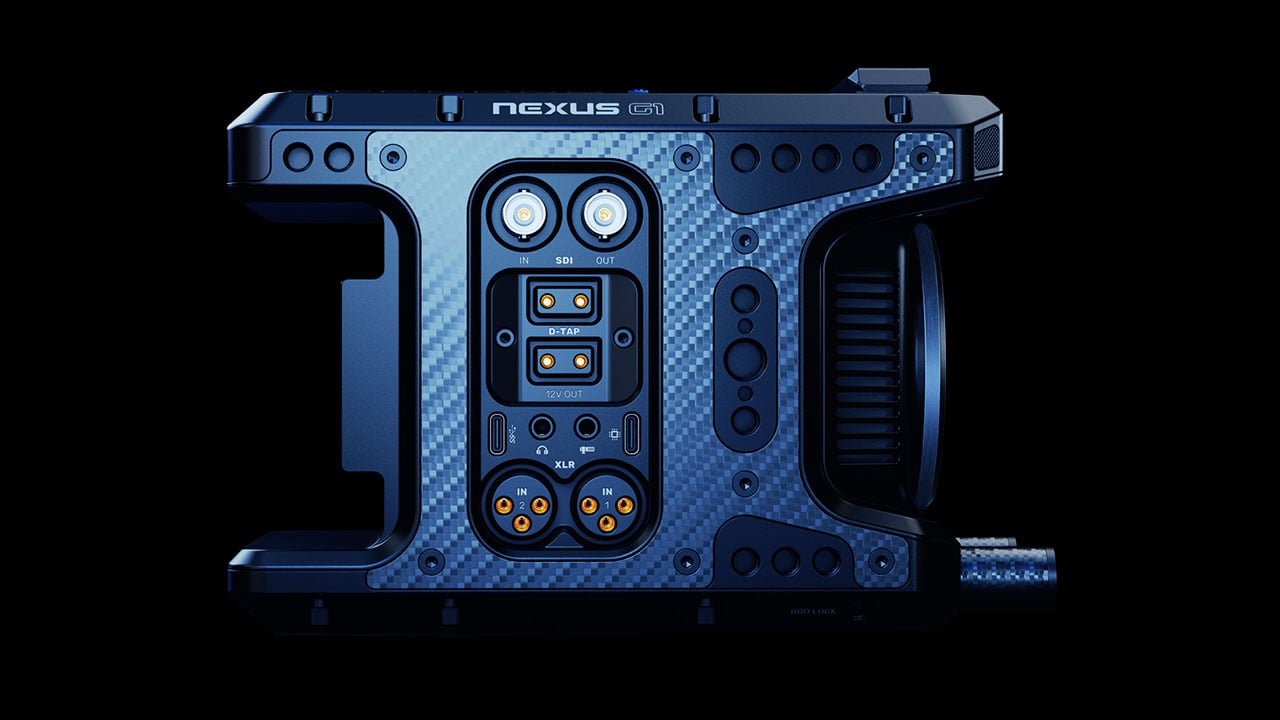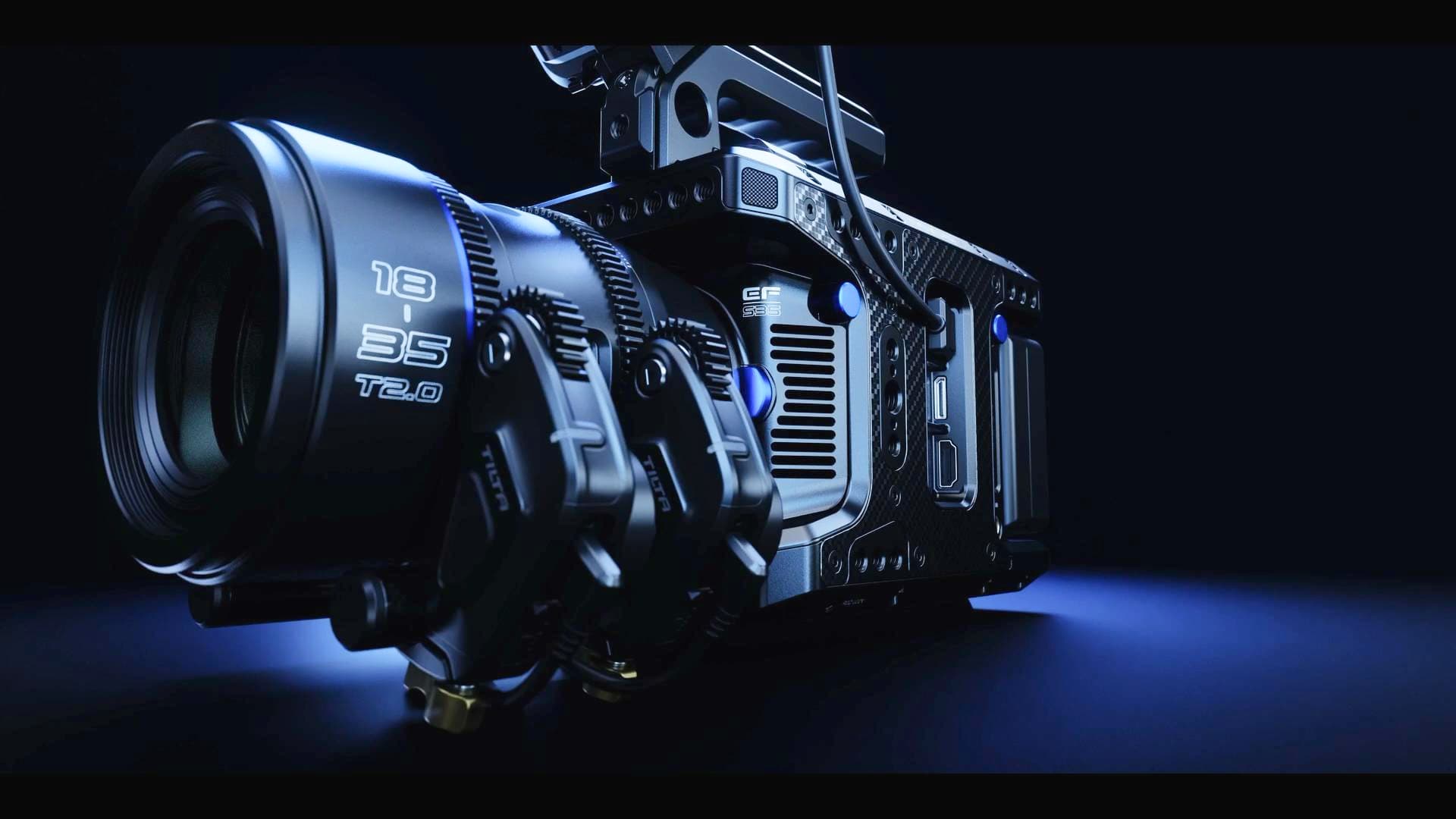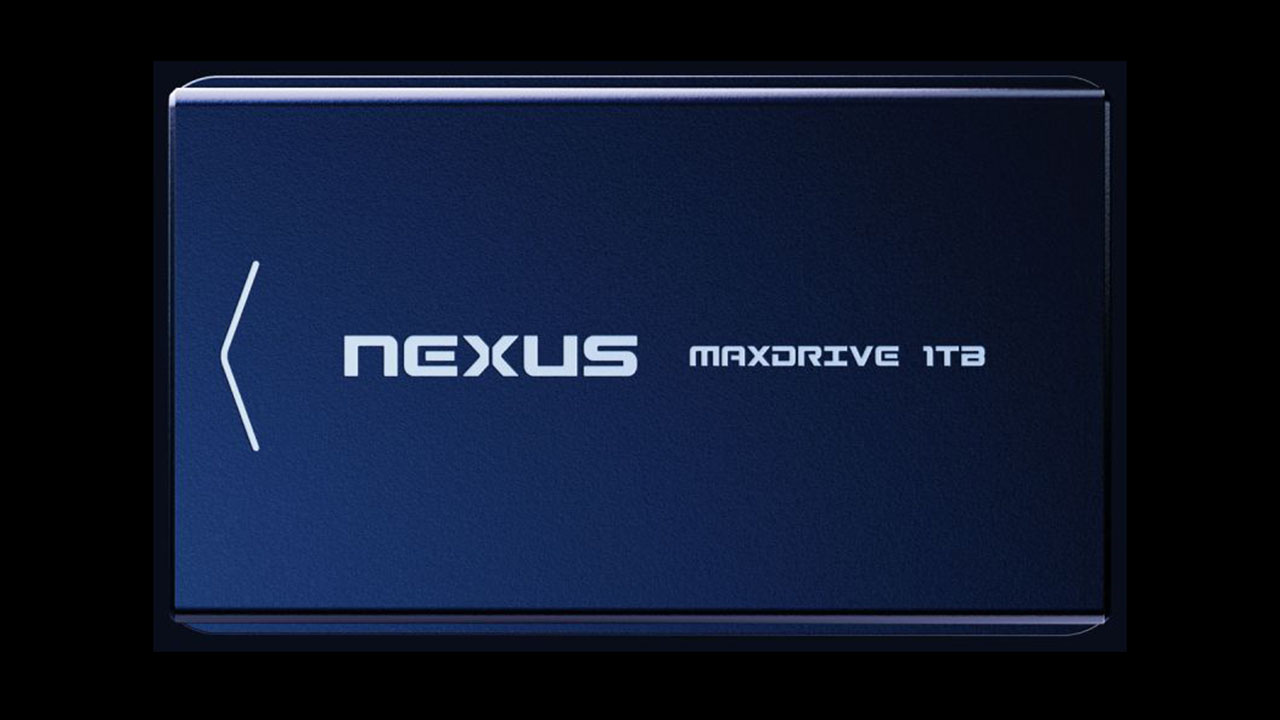
One of the bigger stories this week has been about the near completion of the Nexus G1 project, bringing the Blackmagic Design Pocket 6K to market in a much more practical filmmaking focussed body. But what does it mean for producers and the industry alike?
It's certainly fair to say that the accessibility of high quality cameras that are capable of outputting a cinema quality image has improved exponentially over the past decade. One of the main instigators in bringing the cost down for such devices was Blackmagic Design.
I used to own both a Pocket Cinema Camera OG and a Pocket Cinema Camera 4K. I’ve also tested and reviewed many others, and the picture quality possible from them has always been far in excess of what the price point of the camera would suggest.
But, while cameras that can create cinema quality imagery *are* more affordable than ever, mostly driven by mirrorless camera sales, there's an entirely different type of price to pay for that accessibility. Because mirrorless cameras, while being capable of exceptional images, are not really designed for day-in-day-out video work. Battery life isn't great when shooting video, and ND filters are unwieldy to use on such a camera, particularly in documentary scenarios where you might not have the time to switch filters, even if you have one of the many limited variable ND filters available.
Yet, if you want to buy a camera that has more of a video production style form factor, built-in ND filters, and a built-in battery interface that supports power options that'll give you anything like approaching a reasonable runtime, you'll need to shell out a lot more money. I'm talking about the Sony FX6's or Blackmagic Design URSA's of the world here.
It is true that you can obtain a Blackmagic Pocket Cinema Camera 6K Pro for a very affordable outlay, gaining you ND filters in the process. But, the Pocket 6K Pro is still hindered by its stills camera like form factor and limited out of the box power options. Or, you can get the Blackmagic Design PYXIS, which gives you more of a video focussed body design, but you forfeit built-in ND filters. There is of course the Z Cam range, too. But again, you forfeit features for the lower price point; in this case onboard raw recording. It is, it seems, a case of having one thing or the other, but not both at the same time. Or, pony up a much heftier amount of money.

The Nexus G1 in all its glory. Image: Nexus Cameras
Shaking up the market
The news that the Nexus G1 is close to being available, a project to bring Blackmagic Design Pocket 6K internals to users inside a video focussed body, is welcome indeed. But, we’re all used to seeing crowd funded projects similar to the Nexus G1 (which is actually self-funded) going uncompleted and fading into obscurity. There's a whole proverbial graveyard for such projects in video camera history. Anybody remember the highly successful Cinemartin Fran? Didn’t think so… One of the things that sets Nexus G1 apart is that the project does in fact have the blessing of Blackmagic Design itself. Such approval is slightly puzzling given that, assuming there's no production issues, the Nexus has the potential to decimate any chance of anyone purchasing a PYXIS or BMPCC 6K Pro instead!
I say 'potential' because producing a product like the Nexus G1 to scale is no easy task. Making and selling the product is one huge hurdle, but giving quality after-sales support and repairs is quite another. But, assuming there are no manufacturing issues and the after-sales support is solidly in place by the time it goes to market, what's all the fuss about?
Well, the inclusion of ND filters is a big selling point. These aren't just fixed NDs or a polarised vari-ND, either. Instead, The ND system on the G1 is an electronic ND that’s infinitely variable between 2-7 stops in a similar way to how Sony's electronic ND system works. And anyone who’s used that will know how good it is, allowing you to fix your preferred iris while controlling exposure with the ND instead. The Vari ND system for the Nexus is an optional extra, but one that we foresee most users opting for.
The 1TB Maxdrive is also an interesting development. CFast cards in any useful capacity are still ridiculously expensive. Given the type of user the Nexus G1 will be aimed at, having some type of fast but relatively affordable storage that doesn’t resort to consumer style SD cards is a good development to see. $250 for 1TB of storage that the company claims is actually faster than CFast seems very reasonable indeed. That said, the G2 also supports SD cards and CFast 2.0 as well.
The customisability of the connectivity is also seemingly very well thought out. Due to the modular design of the camera, you can install SDI ports and even LEMO sockets, the latter being something that ordinarily you'd need at least an URSA Cine to obtain. This would seemingly make the Nexus G1 quite an attractive proposition for Steadicam use. As standard, the camera comes with two D-Tap power outputs, two full size XLR ports connected to high quality pre-amps, and USB power out.
A choice of battery types also features, with V-Lock Mini as standard, but with the ability to adapt to other types, including full size V-Lock batteries and Gold Mount amongst others. The internal swappable backup battery is also seemingly a neat touch, allowing for the main batteries to be hot-swapped without interrupting power.
There's much more to go into, though it's clear that Nexus has addressed many of the shortcomings of some of the other budget 'cinema cameras' on the market today. It also brings up the idea of whether a company like Nexus can act as a sort of camera version of what AMG is to Mercedes? It's impossible to imagine any camera manufacturer other than Blackmagic Design allowing this type of re-housing of internals for resale on their cameras.
It's going to be interesting to see where the relationship goes, particularly if the Nexus starts to solidly affect sales of Pocket Cinema Cameras and the PYXIS.

Questions still remain
The big question is, of course, can the people behind Nexus meet the new Q2 2025 deadline for ramping up manufacturing, and can it provide all the auxiliary support services required beyond simply selling the unit itself? That's where the project will be made or broken, along with the reliability of the device itself. The longevity of the product's availability will also depend on how long Blackmagic Design continues to product the Pocket Cinema Camera 6K.
All-in-all, the Nexus G1 project has the potential to shake things up a bit, and hopefully not just become a limited run of devices that only a select few end up owning. With that said, the availability of such an apparently capable device for such a low outlay means that producers on a budget can afford to place more money where it really counts: lighting and production design.
tl;dr
- The Nexus G1 project aims to bring Blackmagic Design Pocket 6K internals to a video-focused body, potentially disrupting the market for affordable cinema cameras.
- Key features include an electronic ND system, 1TB Maxdrive storage, and customizable connectivity options.
- The success of the project hinges on meeting manufacturing deadlines, providing reliable after-sales support, and ensuring the longevity of the Pocket Cinema Camera 6K.
Tags: Production Cameras Nexus G1 35mm


Comments